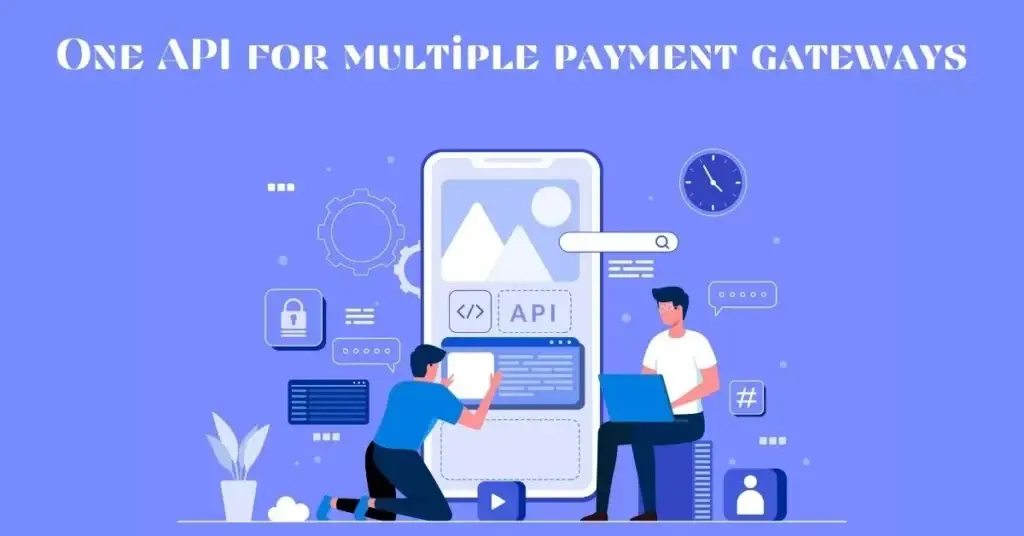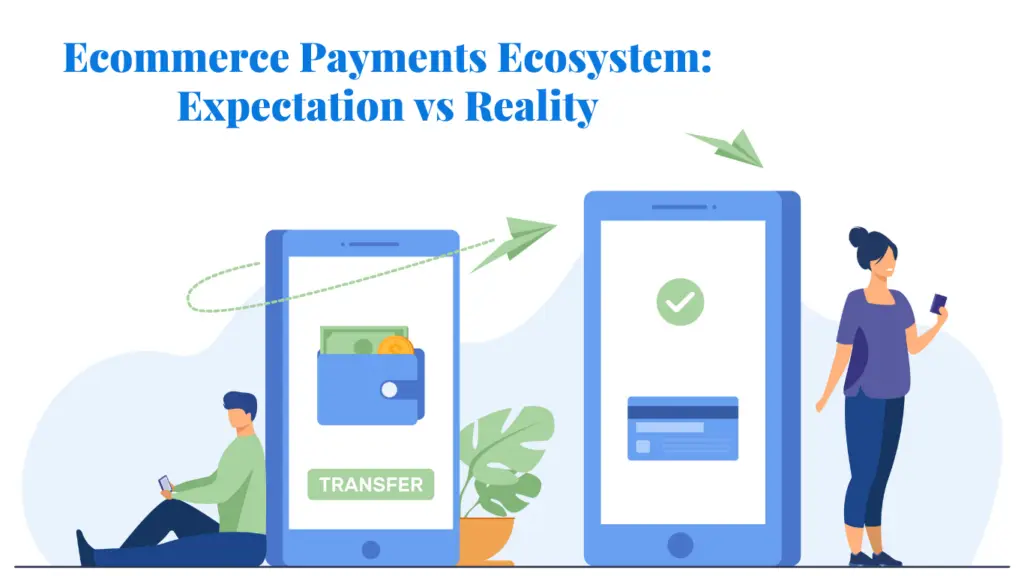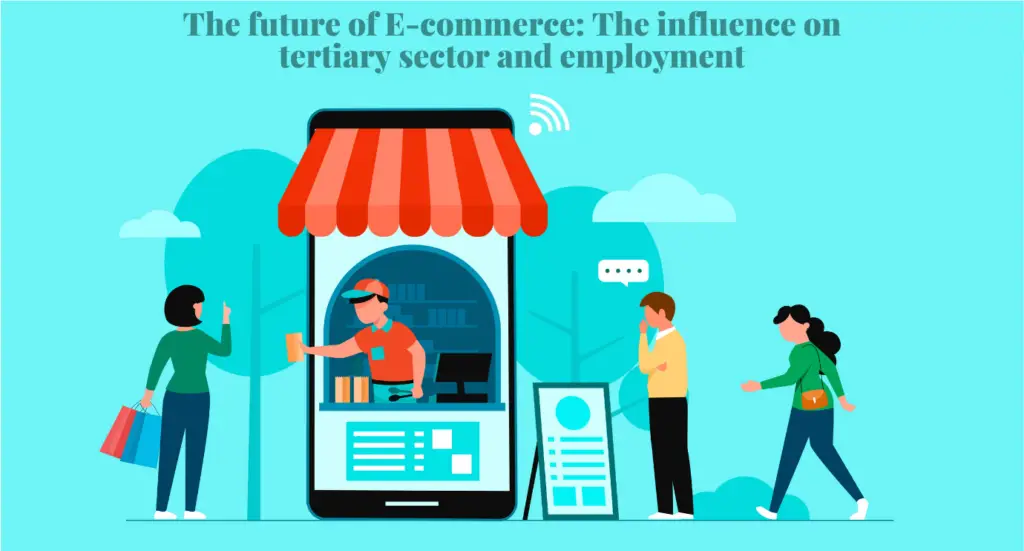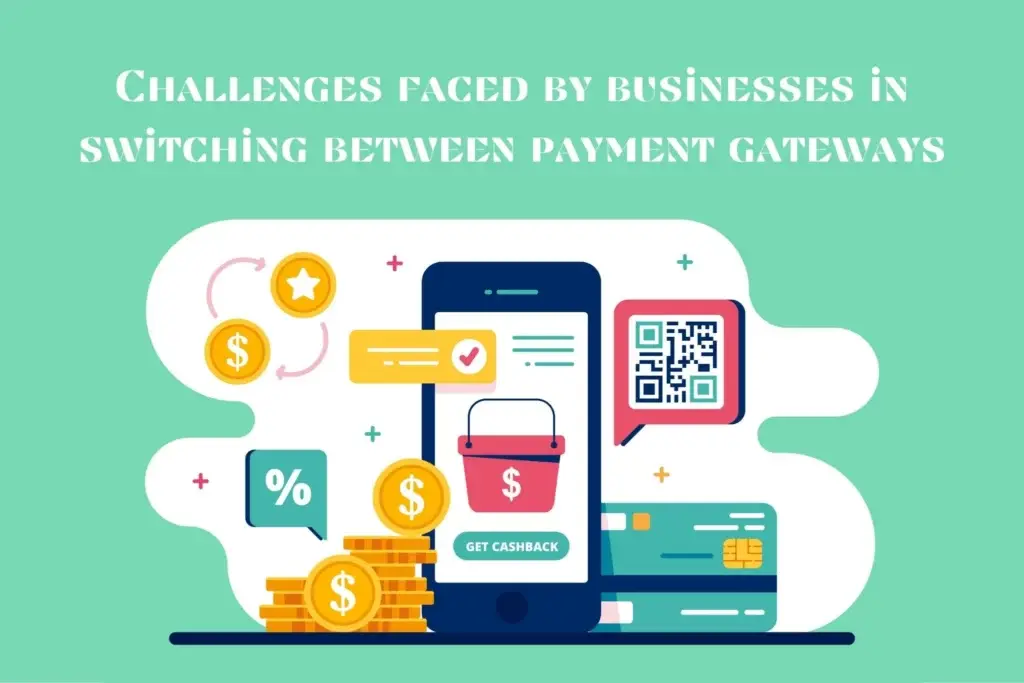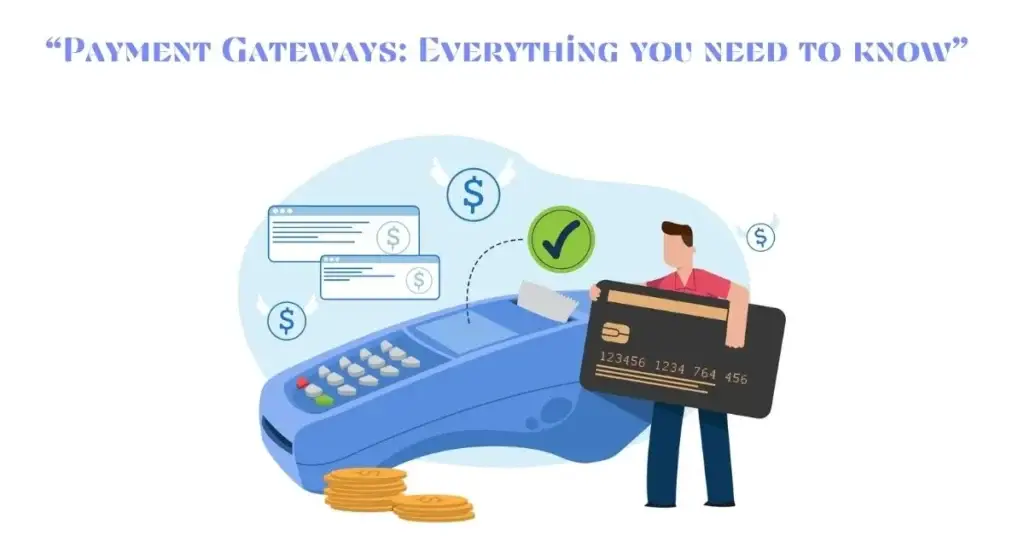In today’s age, online technology is trending and blooming. Likewise, now you can multiple payment gateways integration under one API. In the evolving digital economy, businesses are constantly seeking ways to streamline their operations, especially when it comes to managing online payments. Traditionally, integrating multiple payment gateways required extensive development time, maintenance, and a complex understanding of various API (Application Programming Interface) structures. Today, however, businesses can leverage the power of a single API for multiple payment gateways, transforming the way they handle transactions. This article explores the benefits, challenges, and strategies involved in using one API to connect multiple payment gateways, and how it offers a unified solution to simplify payments.
Let’s get started.
What is a payment gateway?
Payment gateways are services that allow merchants to accept and make online payments. The payments take place through their e-commerce websites.
Well, if you haven’t picked the correct payment gateway provider, establishing a startup smoothly can be tough. Customers should easily interact on your website with the correct payment gateway provider.
If you disregard the most vital component of your website, which is integrating the multiple payment gateways, you are unlikely to achieve the desired outcome on your website. It’s the equivalent of constructing a posh shop without an adequate billing counter.
What is an API?
An Application Programming Interface (API) is a type of written instruction that connects two devices. It also helps in connecting applications. It also helps a database to share information.It is the software language that makes it easier for you to do things online or on smartphones.
You are always using APIs all the time whether you are aware of it or not but yes! It is true.Let’s take the example of the online airline ticket. That is booked through a third-party reservations site. So it is the API that powers the connection between the travelling provider and the airline.By far hopefully, you have understood the meaning of API and multiple payment gateways. Let’s get further.
Why Use Multiple Payment Gateways?
1. Diversified Payment Options
Businesses often integrate multiple payment gateways to cater to diverse customer preferences. Different customers may prefer different methods – credit cards, digital wallets, bank transfers, or Buy Now Pay Later (BNPL) options. Offering multiple payment gateways ensures that all these preferences are covered, leading to higher customer satisfaction and conversion rates.
2. Increased Transaction Success Rate
Sometimes, transactions fail due to gateway downtime, maintenance issues, or geographical restrictions. Having multiple payment gateways reduces the risk of transaction failures by providing fallback options. If one gateway is down, the transaction can be routed through another, ensuring smooth and continuous operations.
3. Better Payment Experience for Global Customers
For businesses operating globally, it is essential to provide localized payment solutions. Different regions may favor different payment gateways based on local market conditions, currency support, and regulatory compliance. Multiple payment gateways allow businesses to cater to local preferences, increasing their market reach.
4. Cost Optimization and Flexibility
Each payment gateway charges different fees based on transaction volume, type, and region. Businesses can dynamically route payments through gateways that offer the best rates, thereby reducing transaction costs. Furthermore, integrating multiple gateways ensures flexibility in switching providers based on cost, performance, or service quality.
Challenges of Managing Multiple Payment Gateways
While having multiple payment gateways offers numerous benefits, managing them comes with its challenges:
1. Complex Integration and Maintenance
Integrating multiple payment gateways requires significant development effort, each with its unique API, documentation, and security protocols. Maintaining these integrations over time can become complex, especially with frequent updates and changes in gateway protocols.
2. Increased Costs and Resource Allocation
Each integration requires dedicated resources, both for initial setup and ongoing maintenance. This can increase operational costs and demand more human resources, such as developers, IT support, and compliance officers.
3. Data Management and Security Concerns
Handling multiple gateways means dealing with different data formats, reporting styles, and transaction records. This can create challenges in data consolidation, reporting, and ensuring security compliance with various regulatory standards like PCI DSS (Payment Card Industry Data Security Standard).
The Solution: One API for Multiple Payment Gateways
What is a Single API for Multiple Payment Gateways?
A single API integration for multiple payment gateways offers businesses a unified way to connect with several payment providers through one standard interface. This approach abstracts the complexities involved in individual integrations, providing a seamless, efficient, and cost-effective solution.
Key Features of a Unified API
- Centralized Management: A single API offers a consolidated platform to manage all payment activities, simplifying operations and reducing the need for multiple dashboards.
- Dynamic Routing: Intelligent payment routing can automatically direct transactions to the most appropriate gateway based on predefined rules like cost, location, currency, or transaction type.
- Failover Handling: The unified API can provide automatic failover options, ensuring that if one payment gateway is down or unavailable, transactions can be rerouted to another, minimizing downtime.
- Enhanced Security: By consolidating payment gateway integration into one API, businesses can maintain a consistent approach to security protocols, ensuring compliance with the latest regulations.
- Scalability: Adding new payment gateways becomes significantly easier. Businesses only need to update the single API integration rather than creating new integrations from scratch.
Benefits of Using One API for Multiple Payment Gateways
1. Simplified Integration and Maintenance
A single API allows businesses to avoid the complexities of dealing with multiple payment gateway integrations. This approach significantly reduces the time and cost associated with development, testing, and maintenance.
2. Enhanced Payment Flexibility
Businesses can quickly add or switch between payment gateways without the need for new integrations, making it easier to adapt to market changes or explore new markets.
3. Improved Customer Experience
By using one API, businesses can offer a smoother, more consistent checkout experience. Customers can choose from various payment options, increasing satisfaction and reducing cart abandonment rates. The seamless integration also allows for faster payment processing, reducing wait times and enhancing the overall user experience.
4. Optimized Transaction Costs
With dynamic routing capabilities, businesses can direct transactions to the most cost-effective gateway, saving on processing fees. This feature also allows companies to negotiate better rates with payment providers by leveraging higher transaction volumes.
5. Robust Reporting and Analytics
A single API provides consolidated reporting across all payment gateways. This unified view allows businesses to easily track payment performance, identify trends, and make data-driven decisions to optimize their payment strategy.
6. Increased Security and Compliance
By centralizing payment processing through one API, businesses can apply uniform security measures across all transactions, ensuring compliance with global security standards such as PCI DSS. This approach also simplifies the process of keeping up with regulatory changes, as businesses only need to update one API integration.
How Payomatix Simplifies Payment Gateway Integration with One API
Payomatix: A Unified Payment Integration Solution
Payomatix offers an innovative solution that allows businesses to connect multiple payment gateways through a single API integration. This approach provides a streamlined and efficient way to manage payments, minimizing complexity and maximizing operational efficiency.
Key Features of Payomatix’s One API Integration
- Multi-Gateway Compatibility: Payomatix’s API supports a wide range of payment gateways, including both local and international providers. This compatibility ensures that businesses can cater to diverse customer preferences and expand their market reach.
- Smart Payment Routing: With intelligent routing, Payomatix ensures that each transaction is processed through the most suitable gateway based on criteria such as transaction cost, currency, and geographic location. This capability helps businesses reduce costs and improve transaction success rates.
- Real-Time Monitoring and Analytics: Payomatix provides a comprehensive dashboard that offers real-time insights into payment performance across all gateways. Businesses can track key metrics such as transaction success rates, failure rates, and gateway performance, enabling proactive decision-making.
- Enhanced Security Features: Payomatix incorporates advanced security protocols, including encryption, tokenization, and fraud detection mechanisms, to protect sensitive payment data and ensure compliance with global regulations.
- Scalable and Flexible: Whether a business is a startup or a large enterprise, Payomatix’s API is designed to scale effortlessly. As the business grows, the API can accommodate increased transaction volumes and new payment gateways without additional complexity.
Real-World Examples of Businesses Leveraging One API for Multiple Payment Gateways
1. E-commerce Platforms
E-commerce businesses, particularly those with a global presence, benefit significantly from a single API integration. They can offer customers multiple payment options, reduce cart abandonment rates, and handle cross-border transactions more efficiently.
2. Subscription-Based Services
For companies that rely on recurring billing models, such as SaaS providers or online subscription services, a unified API simplifies the process of managing regular payments across various gateways, ensuring consistent cash flow.
3. Travel and Hospitality Sector
The travel industry, characterized by a high volume of international transactions, benefits from Payomatix’s one API integration. It allows travel agencies and hotels to process payments from customers around the world, in multiple currencies, with reduced transaction costs and increased approval rates.
4. Marketplaces and Aggregators
Marketplaces that connect buyers and sellers across different regions need robust payment solutions. A single API enables them to offer various payment methods to a diverse audience, ensuring seamless transactions and customer satisfaction.
Best Practices for Implementing a Unified Payment API
- Understand Your Business Needs: Assess the specific needs of your business, including transaction volumes, target markets, and customer preferences, before choosing a unified payment API solution.
- Evaluate Gateway Compatibility: Ensure that the API you select supports all the payment gateways you currently use and might consider using in the future.
- Prioritize Security and Compliance: Choose an API that offers strong security features and complies with global regulatory standards to protect your business and customers from fraud and data breaches.
- Optimize for Performance: Select an API solution that offers dynamic routing and real-time monitoring to optimize transaction costs and improve success rates.
- Consider Scalability: Ensure that the API solution can scale with your business as it grows and expands into new markets.
Conclusion
The future of digital payments lies in simplifying complex processes, and a single API for multiple payment gateways is a critical step in this direction. By leveraging Payomatix’s one API integration, businesses can reduce the complexities of payment management, enhance the customer experience, and drive growth in an increasingly competitive landscape.
As businesses continue to expand globally and customer preferences evolve, adopting a unified payment API solution like Payomatix will not only streamline operations but also position companies for long-term success. The flexibility, cost efficiency, and security offered by a single API solution make it an essential tool for any business looking to stay ahead in the dynamic world of digital payments.
To grow your business, you have to use an advanced level of integration. You can not let go of a client because of payment issues. Every client is important right from onboarding to check out.

